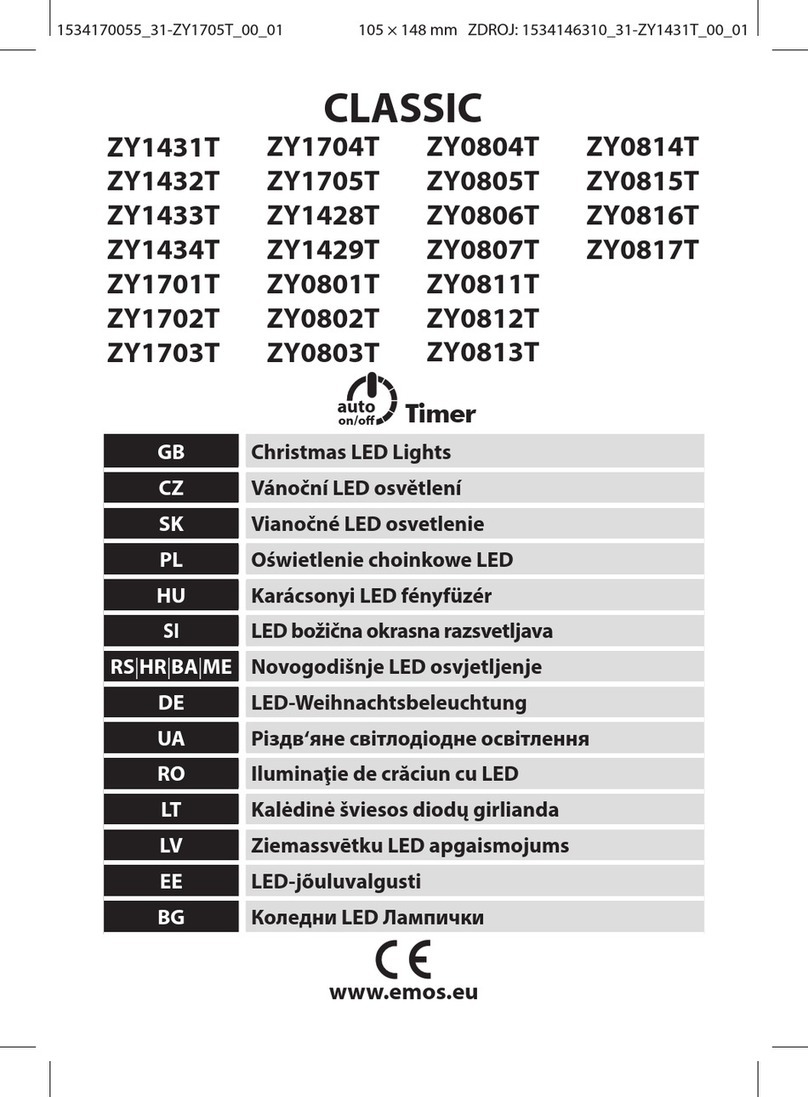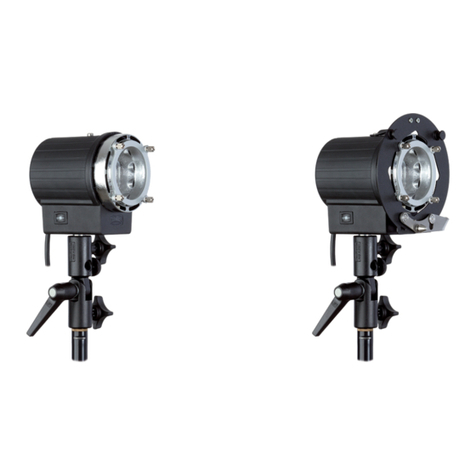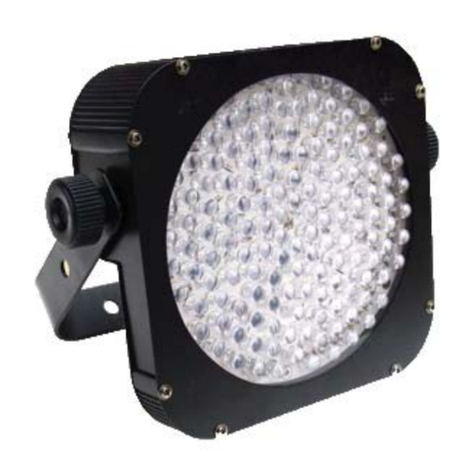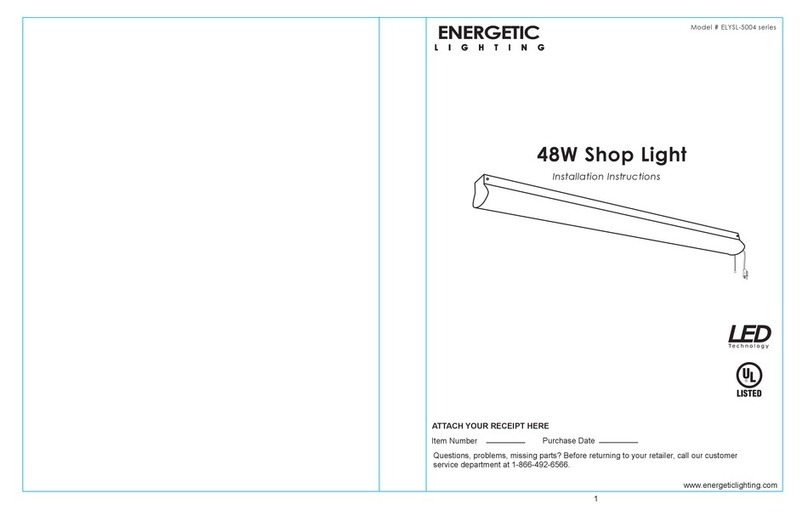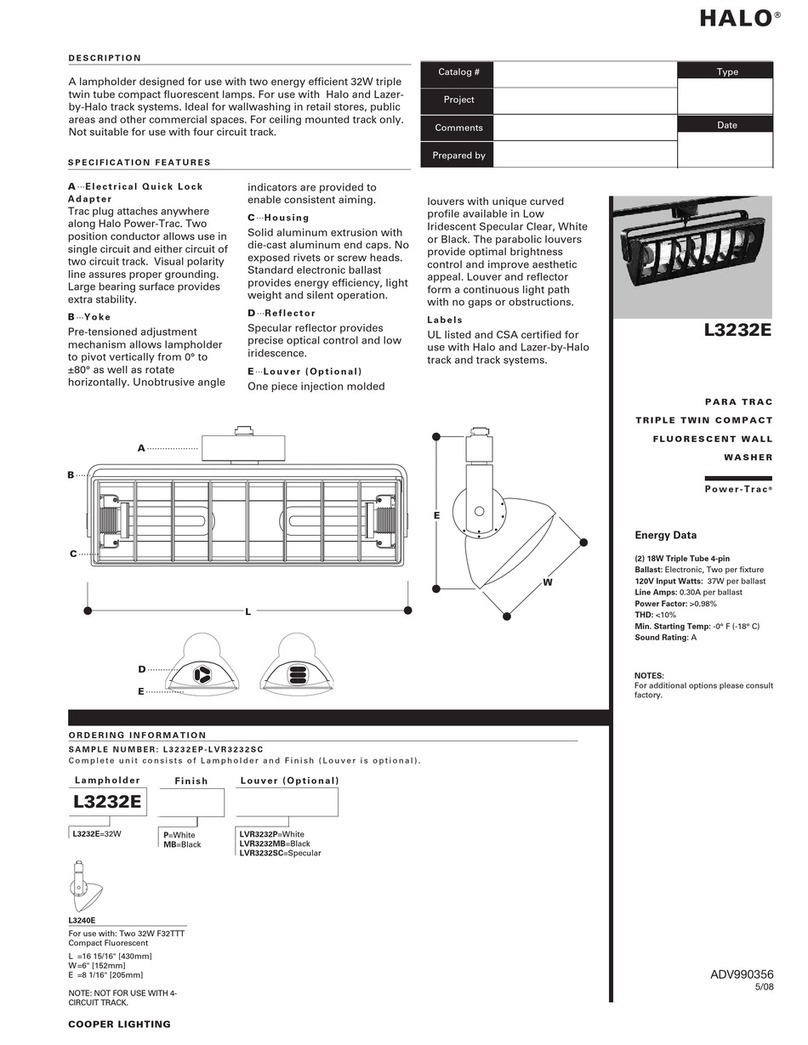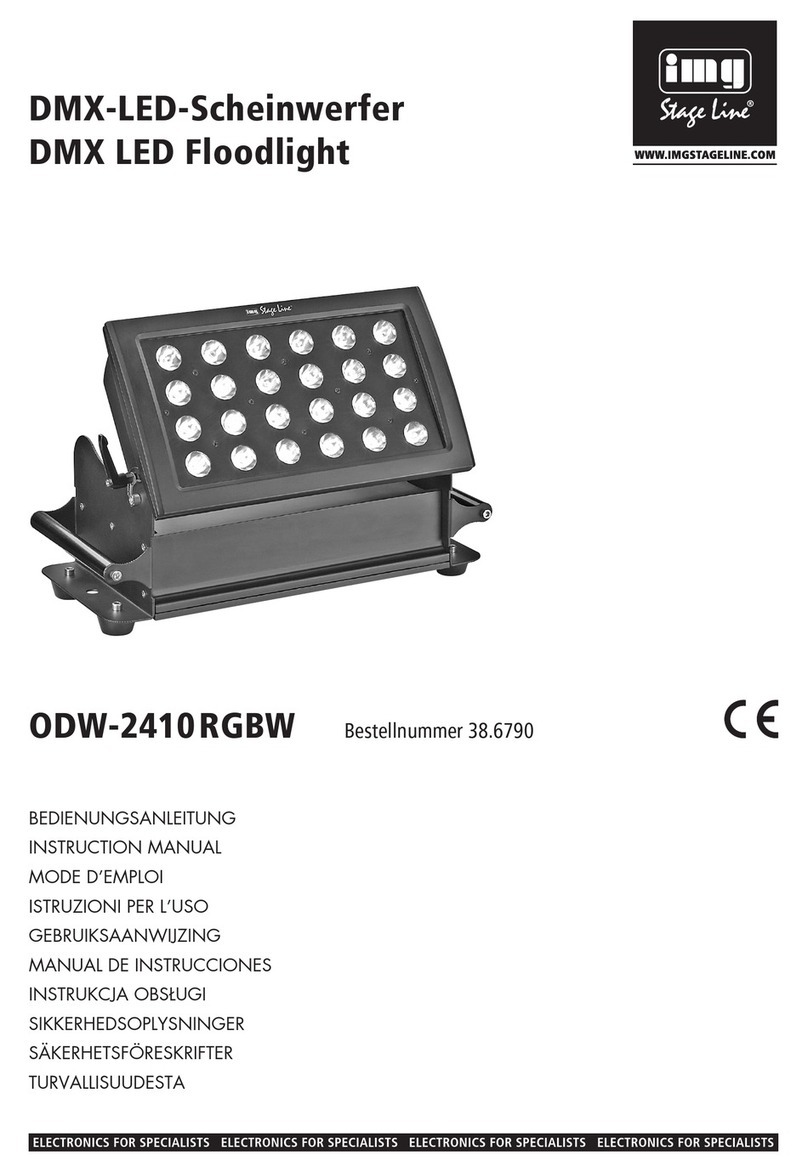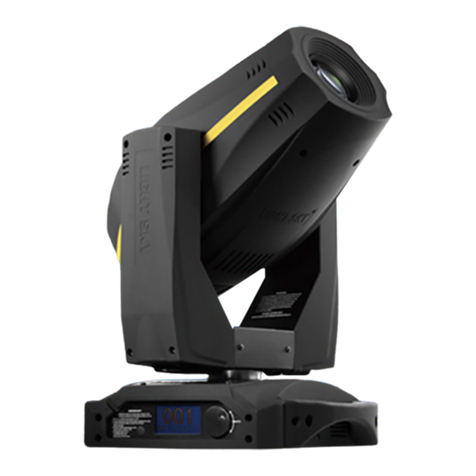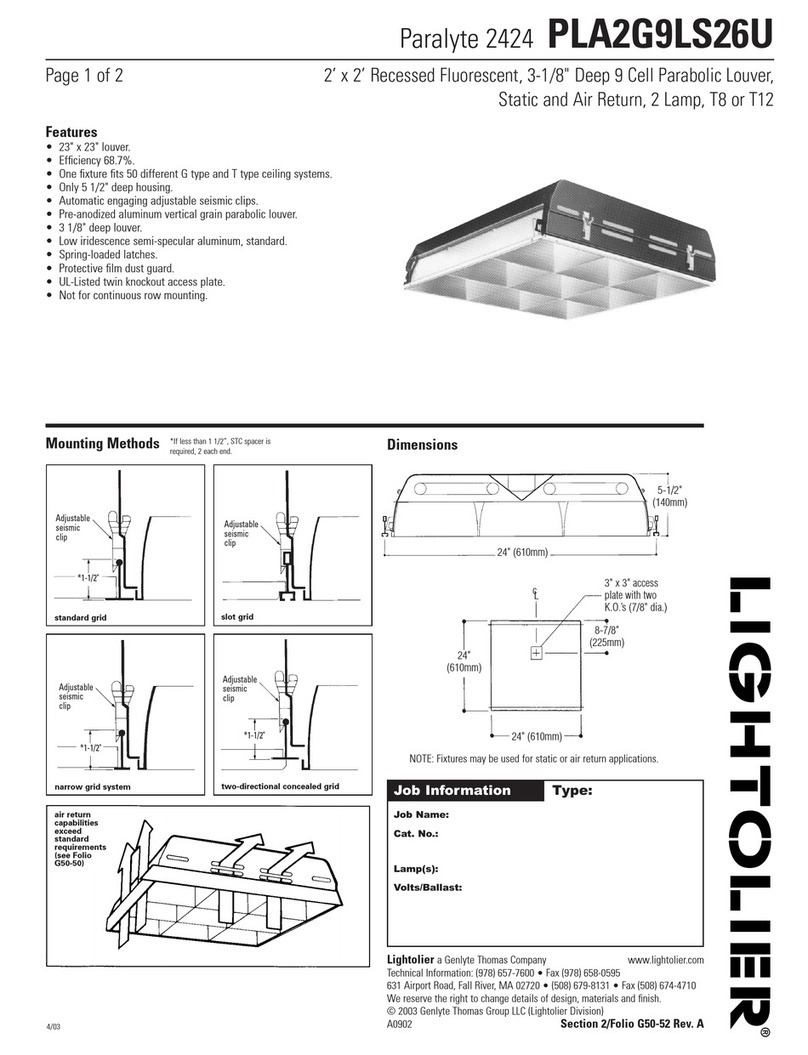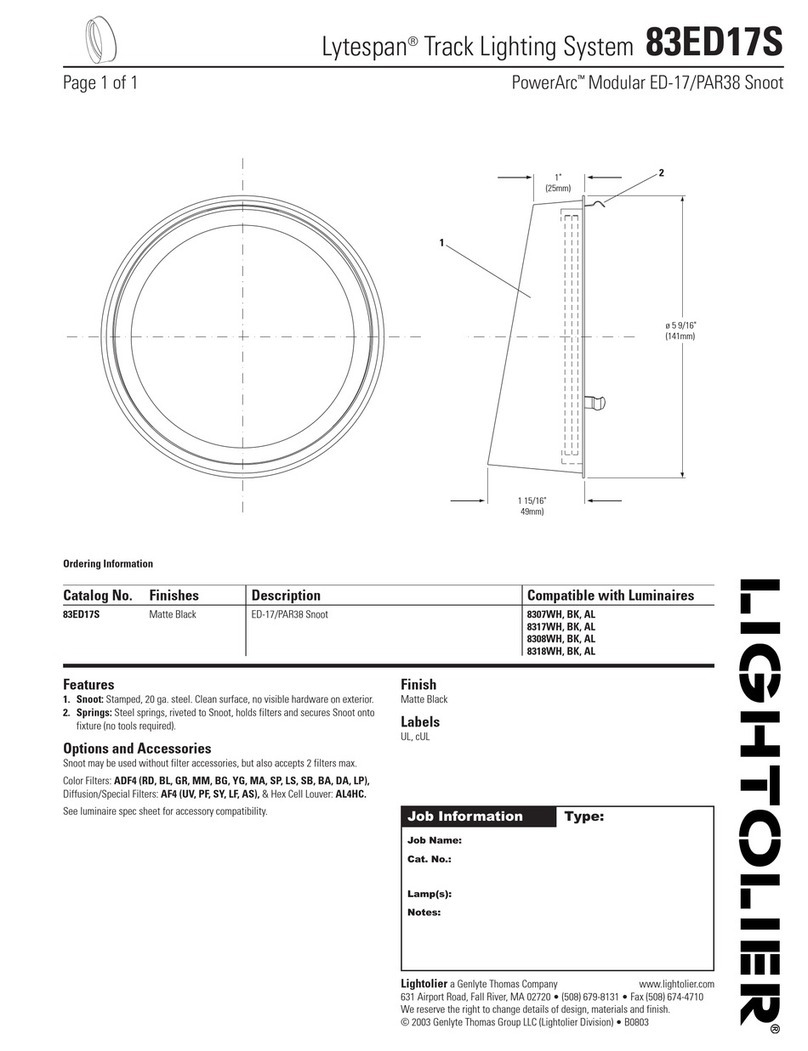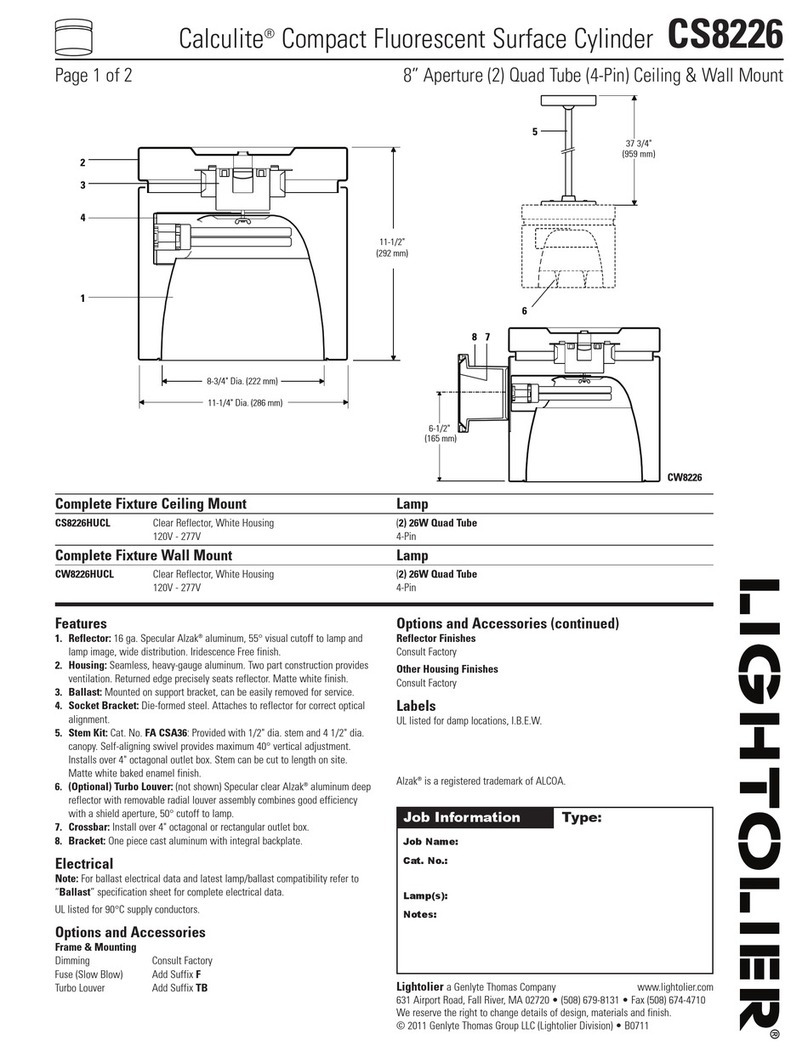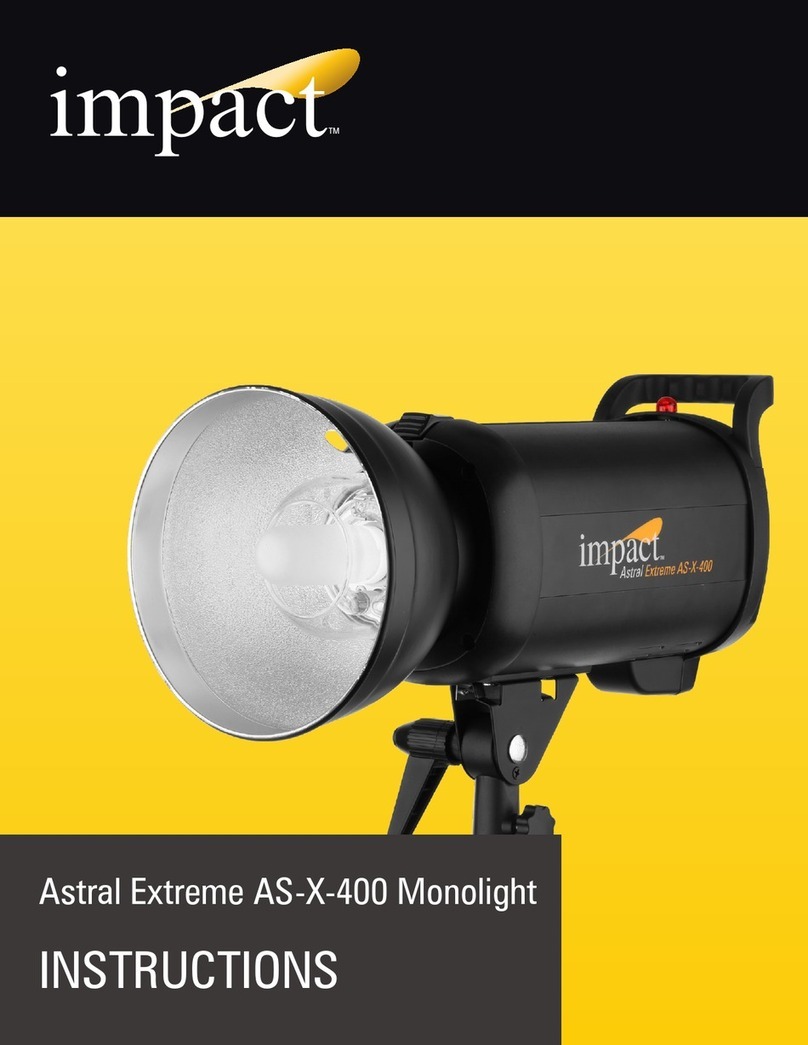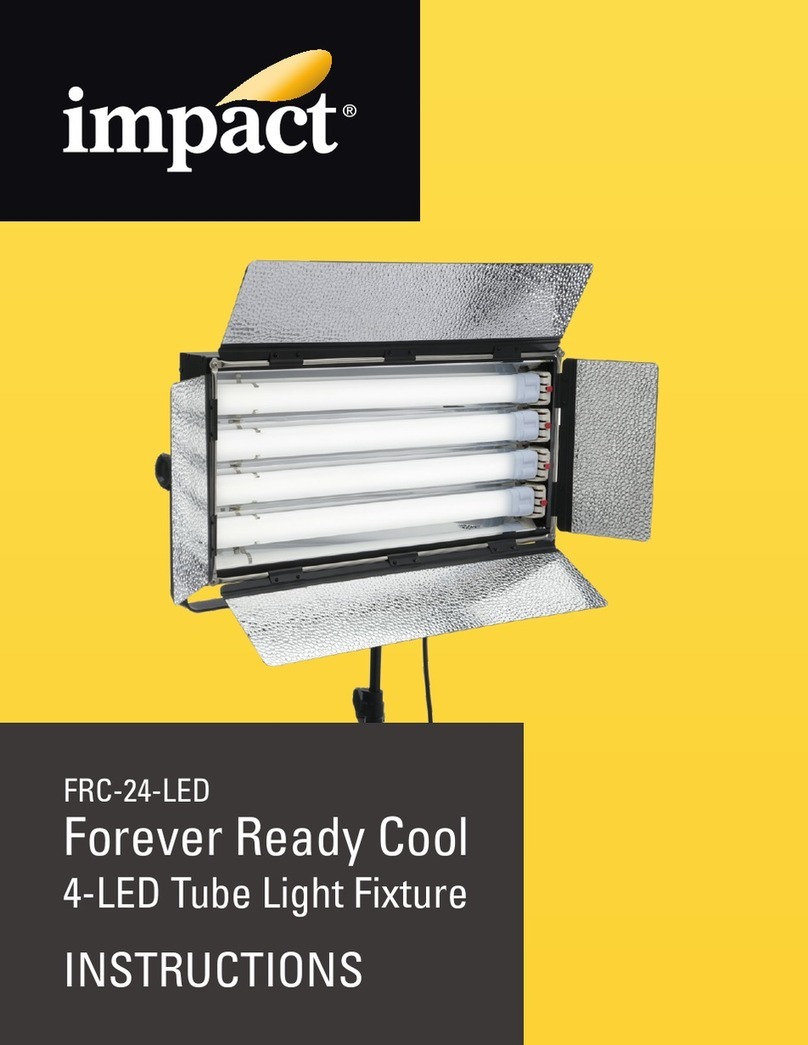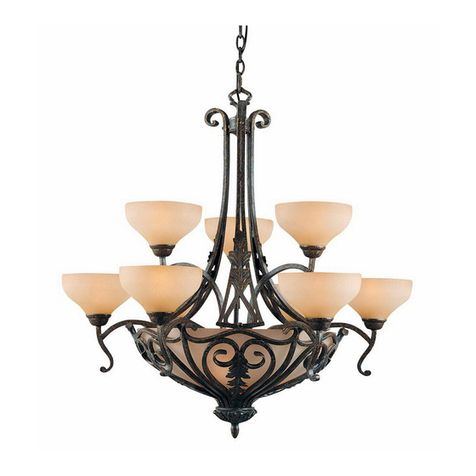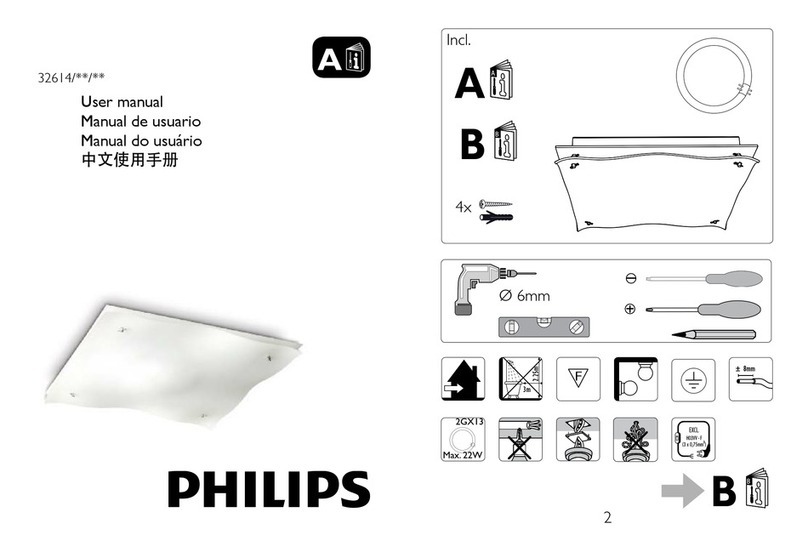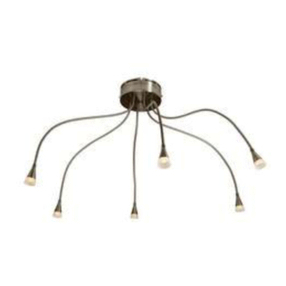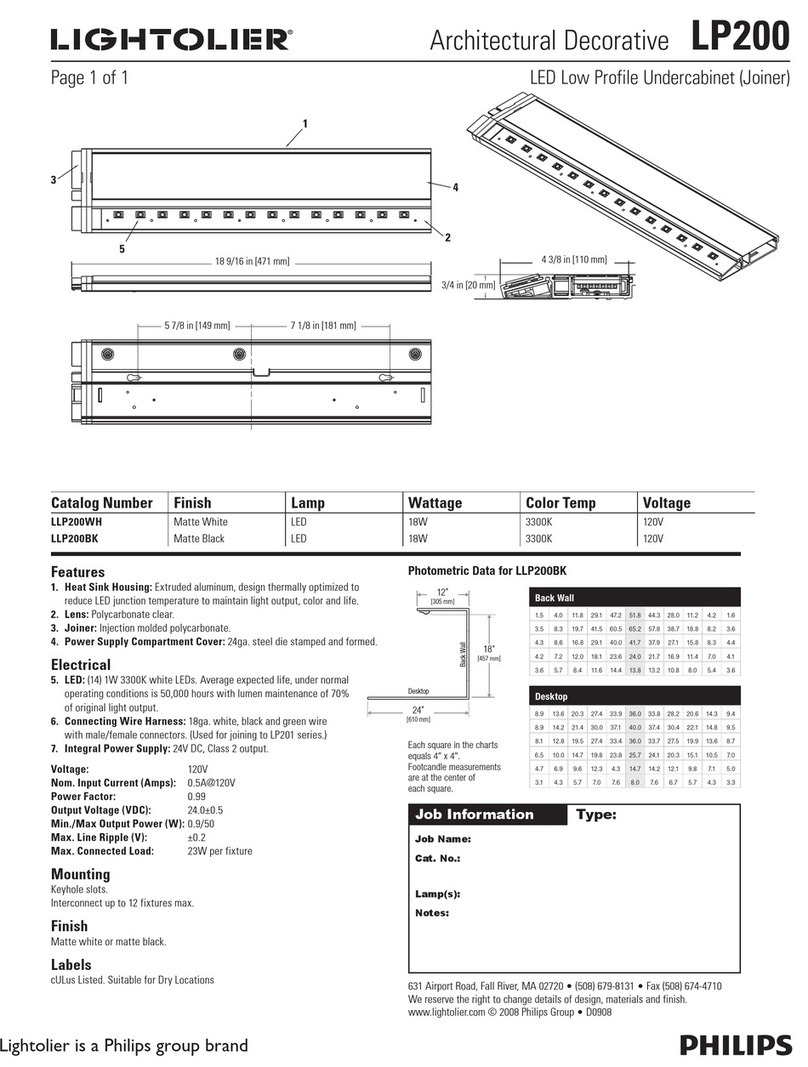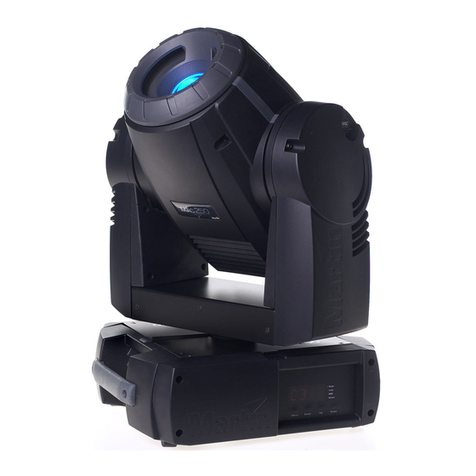
4
Precautions
• DANGER: high-voltage parts inside.
• There are no serviceable parts inside the unit. Only qualied service engineers
should access the inside of the casing.
• If the ash tube or modeling light becomes cracked or damaged in any way,
replace immediately.
• Keep this product away from water and any ammable gases or liquids.
• Use only the correct, recommended voltage.
• Avoid rapid, high-power ashing.
• Excessive heat shortens the life span of ash tubes, modeling lamps, and internal
components.
• If the unit is not used for two months, turn it on for 30 minutes, and re the ash
several times to charge the capacitors.
• Always remove the protective cap before plugging in or powering on the unit.
• Never operate the ash with the protective cap on.
• Make sure this product is powered off when plugging it into a power source.
• Turn off the power and unplug the power cord from the unit and wall when the
monolight is not in use.
• Always remove the modeling lamp and attach the protective cap when transporting
the unit.
• Do not attempt to disassemble or repair this product. There are components inside
that can produce a hazardous electric shock.
• Handle this product with care.
• Do not stare at the lights when they are powered on.
• Clean this product with only a soft, dry cloth.
• Always wear cotton gloves when handling the ashtube.
• Keep this product away from children.
• Make sure everything is secure before proceeding.
• Make sure that this product is intact and that there are no missing parts before use.
• All images are for illustrative purposes only.
